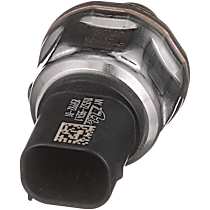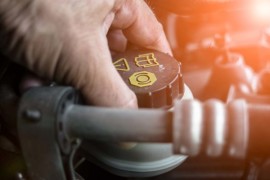{
"lazyNodes": false,
"abFitnotesFlag": false,
"abCrawlReviews": true,
"productOptionsCookie": false,
"orderDelayFlag": false,
"skipSessionCookie": false,
"covidMessage": false,
"fullTitleCookie": false,
"nrLoggerCookie": true,
"checkoutReviewCookie": false,
"productOptionSeqCookie": false,
"maintenanceFlag": false,
"bufferETACookie": false,
"multiShippingDiscountFlag": false,
"newFitmentFlag": false,
"surveyOptInFlag": true,
"crossSellFlag": false,
"skuMappingFlag": false,
"paySplitCookie": false,
"callDisableFlag": true,
"zipPaymentFlag": "c",
"hassleFreeReturn": true,
"lifetimeReplacement": true,
"cpn_off": false
}Need help?Chat with us
2005 Chrysler 300
2005 Chrysler 300 Brake Fluid Level Sensors
Refine by:
Shop Catalog
Showing 1 - 1 of 1 results
Sort by:
Part Number: SIBST116
Guaranteed to Fit
$96.49
Vehicle Fitment
- 2005 Chrysler 300 Limited 6 Cyl 3.5L
- 2005 Chrysler 300 Touring 6 Cyl 3.5L
- 2005 Chrysler 300 C 8 Cyl 5.7L
- 2005 Chrysler 300 C SRT8 8 Cyl 6.1L
- 2005 Chrysler 300 Base 6 Cyl 2.7L
Product Details
Notes : Female connector; 3 male pin-type terminalWarranty : 3-year or 36,000-mile Standard limited warrantyQuantity Sold : Sold individuallyProp 65 Warning :
![]() WARNING: This product can expose you to chemical which is known to the State of California to cause cancer and birth defects or other reproductive harm. For more information go to www.P65Warnings.ca.gov.
WARNING: This product can expose you to chemical which is known to the State of California to cause cancer and birth defects or other reproductive harm. For more information go to www.P65Warnings.ca.gov.
Page 1 of 1 | Showing 1 - 1 of 1 results
Top Rated Products
Popular Products

StandardBrake Fluid Level Sensor - Direct FitManufacturer #BST116
( Reviews) Questions, Answers
STANDARD OE REPLACEMENT BRAKE FLUID LEVEL SENSORS
Restore your ride to full function with the OEM-grade quality assurance and standard-setting performance offered by Standard’s OE replacement brake fluid level sensors. Since 1...
Helpful Automotive Resources
Low Brake Fluid Symptoms, Plus When to Change and FAQIn a drum brake system, when the driver presses the brake pedal, the fluid acts on a wheel cylinder behind each wheel. Each wheel cylinder pushes a set of brake shoes outward against a brake drum, creating the friction needed to slow the vehicle.




